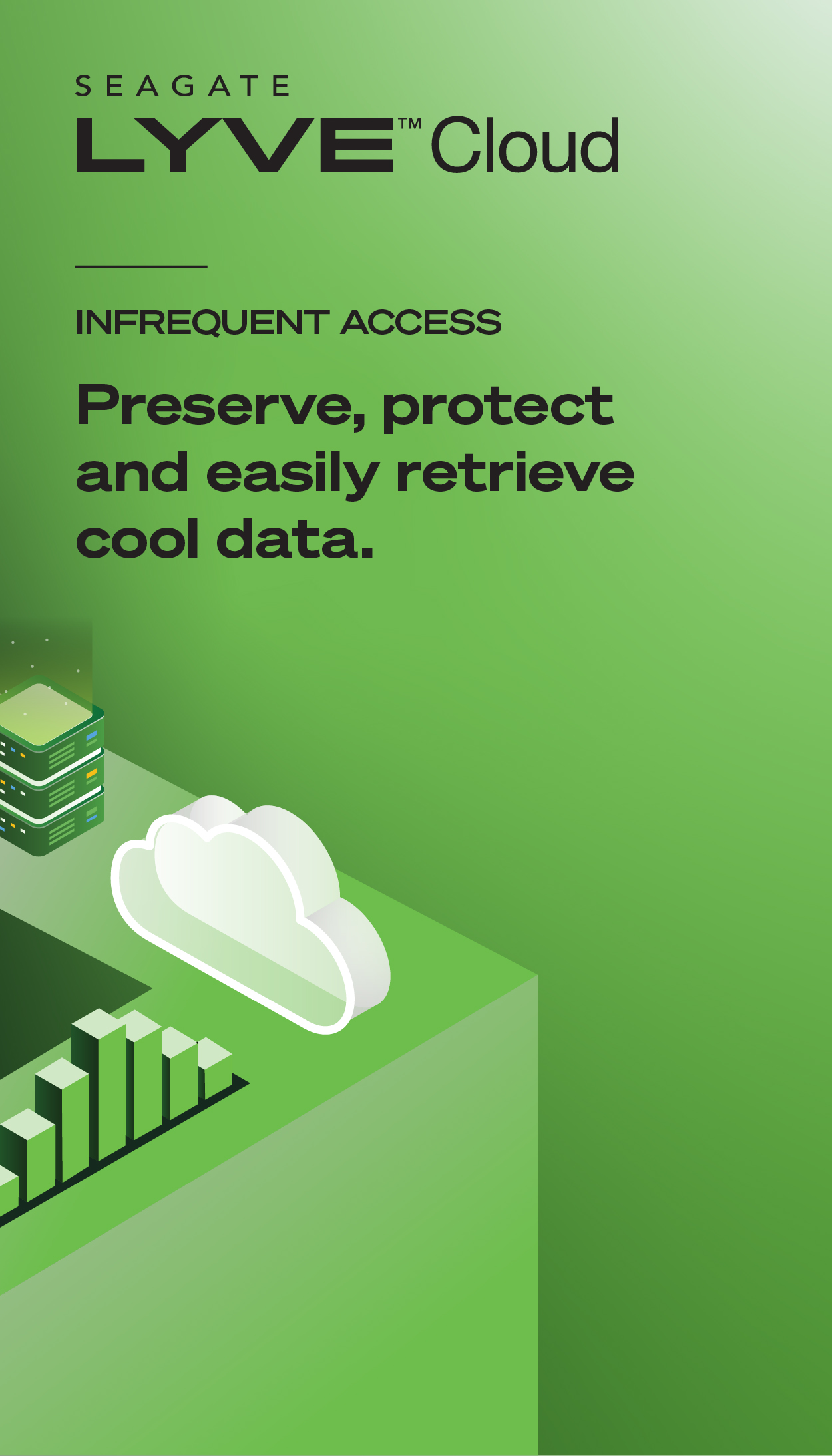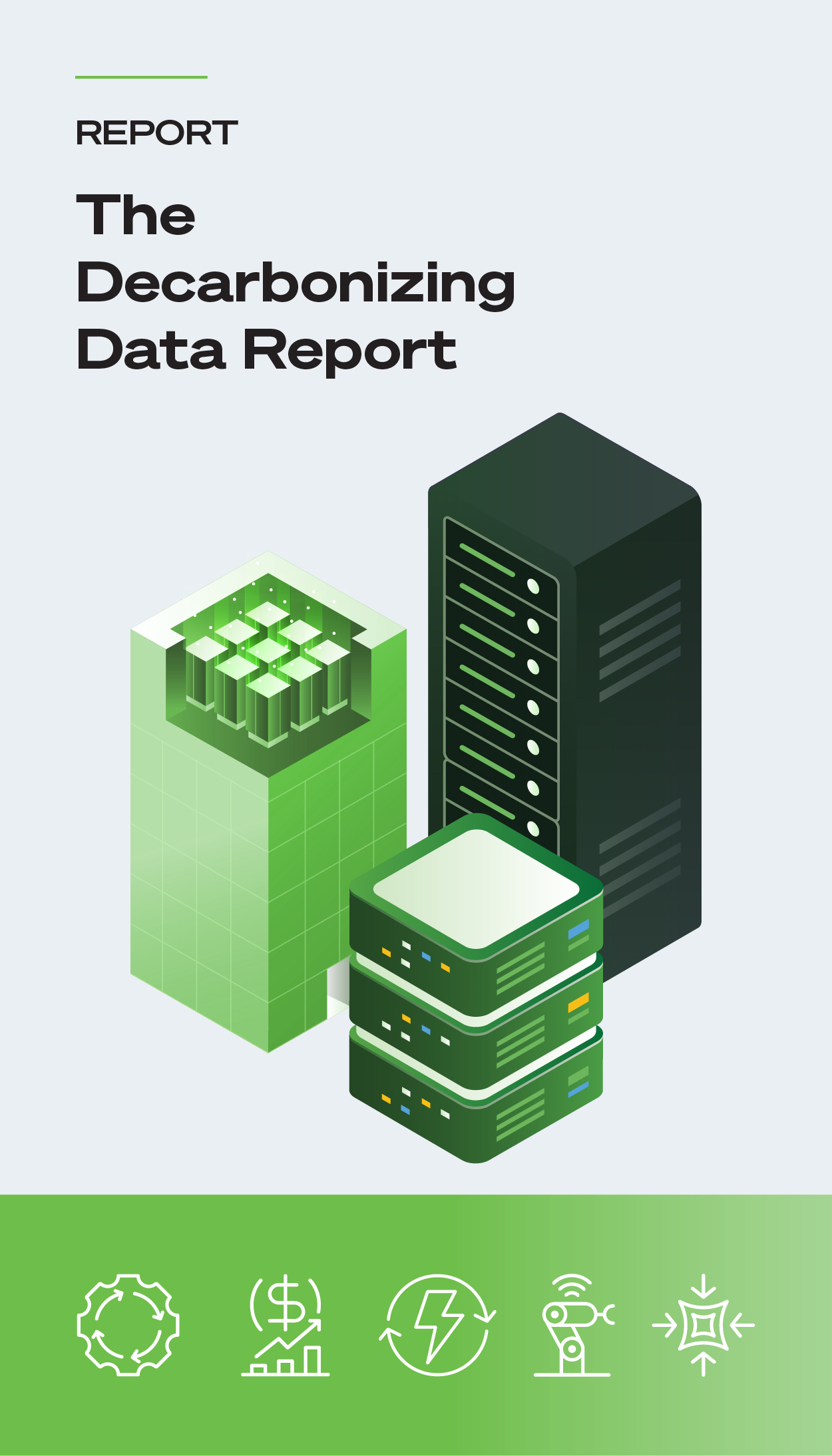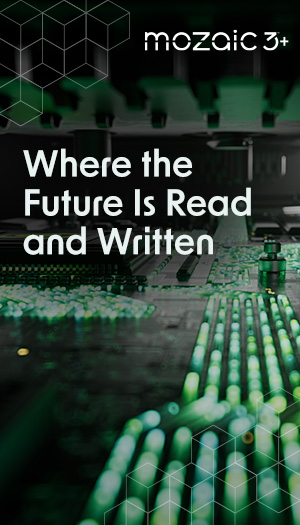- Do not drop or jar the drive.
- Keep the drive in the protective anti-static container until ready to install.
- Protect the drive from static discharge by wearing a grounded wrist strap.
- Turn off the power to the host system during installation.
- Handle the drive by the edges of the frame.
- Do not apply pressure or attach labels to the circuit board or the top cover of the drive.
What you need
- Phillips screwdriver and four 6-32 UNC drive mounting screws.
- Standard interface cable and SCSI host adapter.
- An unused drive power cable for your new drive.
Multimode Interface
Most new SCSI hard drives are Ultra2/3 LVD (80 MB/s or 160 MB/s) capable. Low Voltage Differential (LVD) drives can operate in single-ended (SE) or LVD mode. This multimode capability provides backward compatibility so you can use it with or without an LVD-capable host adapter. The primary benefits of LVD include faster transfer rates, reduced power consumption, increased cable lengths, and improved device connectivity.
Installation Procedures:
- SCSI ID – 0 thru 15 for Wide devices. Each device must have a unique SCSI ID.
- SE I/O – No jumper so the device can multimode (default).
- Motor Start – Disable motor start (default).
- Delay Motor Start – Disable Delay motor start (default).
- Write Protect – Write Protect Off (default).
- Parity Check – Enable Parity check (default).
- Terminator Power – Host adapter or other device provides term power (default).
Set the SCSI ID
Each SCSI device must have a unique SCSI ID. Most Seagate SCSI drives come with no jumpers on SCSI ID (SCSI ID = 0). The SCSI host adapter usually uses SCSI ID = 7. If you are installing a drive model ending in LC (uses 80-pin SCA connector), the host normally sets the ID over the I/O interface.
Configure Termination
Only the devices at each physical end of a SCSI bus need to be terminated. The SCSI host adapter normally will provide termination for the controller end, therefore only terminate the last drive on the end of the cable. LVD drives do not have any provision for onboard termination; therefore, termination for LVD drives must come from another device or from an external terminator. Use only active SE or LVD terminators.
Configure Terminator Power
Active terminators must receive power from some source. The default configuration results in the drive not supplying termination power to the bus. Usually, the host adapter provides term power. Check the user's manual for your host adapter. Drive models ending in LC cannot be configured to provide termination power to the bus.
Attach Cables and Mount the Drive:
- Attach one end of the interface cable to the connector on the host adapter.
- Attach the interface connector and a power connector to the drive.
- Secure the drive using four 6-32 UNC mounting screws. DO NOT over-tighten the screws.
Partition and Format the Drive
All Seagate SCSI drives are low level formatted at the factory and should not need to be low level formatted. If performing a low level format, take care not to interrupt the format to avoid damaging the drive. Most operating systems provide partitioning and high level formatting utilities (i.e. FDISK, FORMAT).
Troubleshooting Options
- If the drive does not spin up, check that the power connector and the interface cable are securely attached.
- If the drive spins, but there is no LED on/off activity, check the SCSI ID setting. Set the ID so that each device on the SCSI chain has a unique ID.
- If the computer does not seem to recognize the drive, verify the drive is enabled by the SCSI host adapter setup utility.
- If FDISK does not detect the drive, run the FDISK program with FDISK /STATUS to verify the drive is present.
If the above steps do not solve the problem, contact your dealer, download SeaTools diagnostic tools, or contact Seagate Support.










